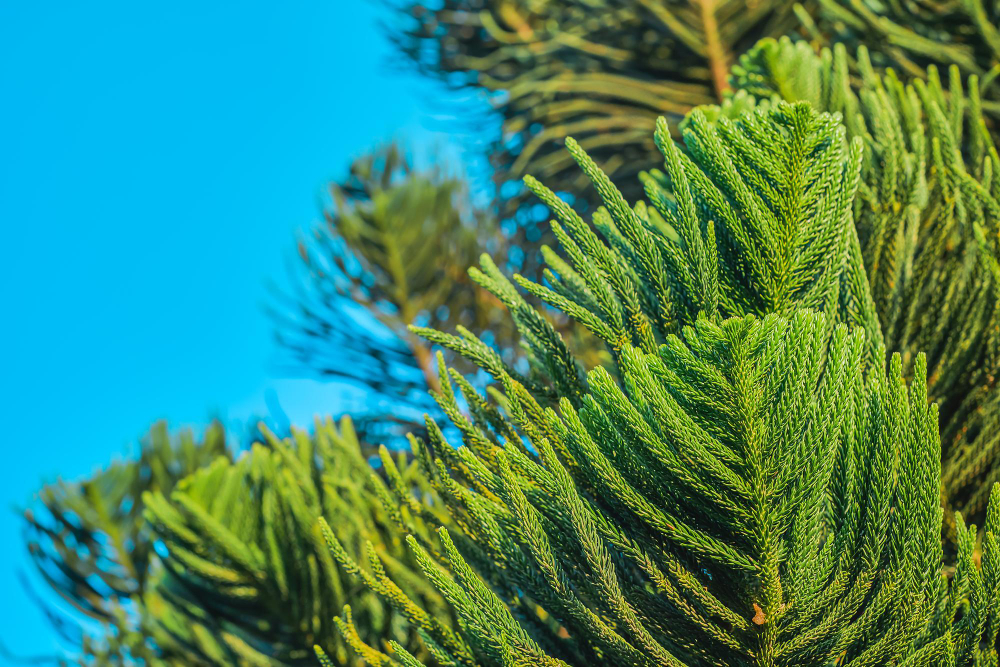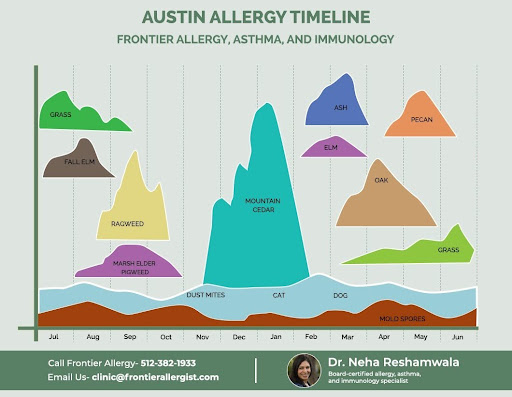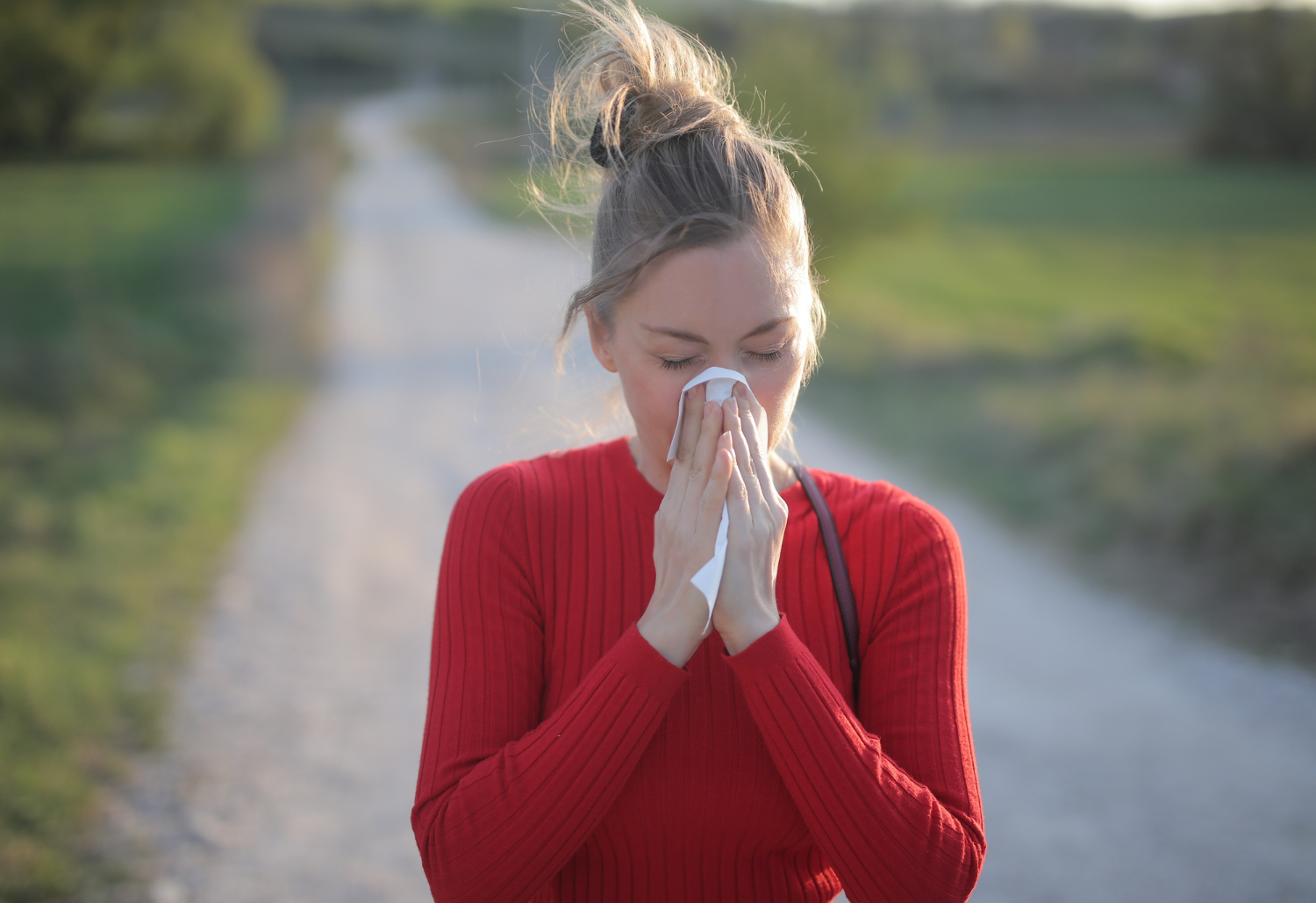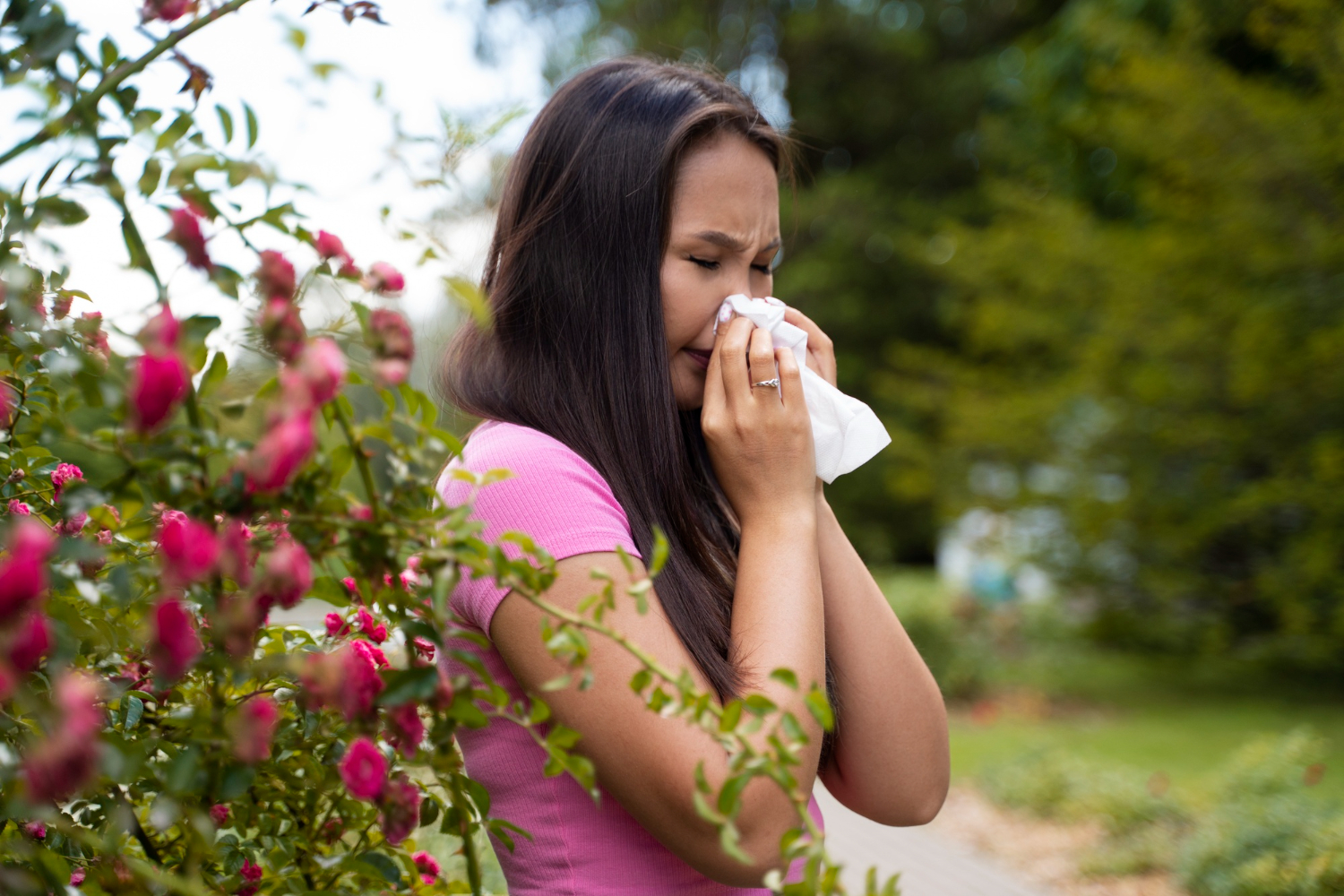
Austin Cedar Allergy
Many residents of Austin and the surrounding areas are all too familiar with the dreaded Cedar Fever, an allergic reaction to the pollen of the mountain cedar tree (Juniperus ashei). Also known as the offending Juniper tree, this plant has an aggressive seasonal bloom that releases tiny, spiky pollen grains into the air. Under a microscope, these pollen grains look like tiny grass burrs and can quickly adhere to hair, eyebrows, eyelashes, nose hairs, clothing, and pet fur.
Cedar Fever is most commonly diagnosed during December and January when the pollen counts are at their highest, but cases start as early as October and last through March, as shown.

Austin Allergy Report
Allergy sufferers, beware – Austin has been dubbed the Allergy Capital of the World for a good reason! Throughout the year, Austin is affected by airborne allergens that can make life difficult for those with sensitivities. In the fall, we have “Hay Fever” caused by Ragweed pollen from mid-August to mid-November. Then in the winter, we have “Cedar Fever” caused by cedar pollen from December to February. And in the spring, we have Oak, Elm, Pecan, and Ash tree pollen. Not to mention Mold and Grass that can cause problems at any time of year.
If you’re visiting Austin or planning to spend some time outdoors, check our 5-day allergy report to plan your week accordingly.
Symptoms of Cedar Allergy
Cedar allergies share symptoms with other types of pollen allergies. If you’re allergic to cedar, you may experience the following:
Itchy, watery eyes
Sneezing
Runny nose
Nasal congestion
Itchy throat
Coughing or wheezing
Headaches/dizziness
Sinus pain, pressure, or congestion
Rashes on the skin
Causes of Cedar Allergy
An allergy to cedar occurs when your body’s immune system reacts to cedar pollen as if it were a harmful invader. Although the pollen is harmless, the body mistakes it for a dangerous substance and elicits an immune response against it. This process is comparable to how your immune system protects you from a virus or bacterium. When this process occurs in response to cedar pollen exposure, your body shows a few symptoms like runny nose, sneezing, itchy eyes, headaches, etc. Cedar pollen is most abundant during winter, particularly from December through February.
Foods to avoid if you have Cedar Allergy
- Apples.
- Kiwis.
- Tomatoes.
- Cherries.
- Bell peppers.
Diagnosis and Treatment of Cedar Allergy
The diagnosis of Cedar fever typically begins with taking the patient’s history and performing a physical examination, followed by allergy testing to confirm the diagnosis.
Allergy Testing
Allergists usually perform skin tests to diagnose allergies. Skin tests are usually done on the back for adults and on the arms for young children. The test typically takes 1.5 to 2 hours, and you can get the results by the end of the day. Sometimes, a confirmatory blood test will be done.
Treatment
There are two main types of treatments for cedar allergies: medications and allergy therapy.
You can use medications like H1 antihistamines, H2 antihistamines, nasal sprays, or leukotriene inhibitors for short-term relief. But it’s best to talk to your allergist first to understand which medication(s) are suitable for you.
If you’re looking for long-term protection, consider allergy immunotherapy.
Allergy immunotherapy, also known as “desensitization,” involves medical treatment for people who suffer from allergies.
Immunotherapy involves exposing the patient to increasing amounts of the substances they are allergic to, to help the body build immunity and reduce the symptoms of an allergic reaction.
There are three types of allergy immunotherapy:
Shots/Injections (subcutaneous allergy immunotherapy, or SCIT)
Under the tongue drops (a form of sublingual allergy immunotherapy, or SLIT).
Tablets that dissolve below the tongue.
It’s advisable to discuss whether allergy immunotherapy suits you.
Prevention from Cedar Allergy
To combat your exposure to cedar pollen and hopefully reduce your allergic symptoms during cedar season, it’s essential to take the following precautions:
-Keep doors and windows shut when the pollen count is high
-Change your air conditioning filter regularly
-Change your clothes and wash your hands after spending time outdoors
-Vacuum once a week
-Pets should be bathed regularly, regardless of whether they live indoors or outdoors.
FAQs
How long does it take to show the symptoms of cedar allergy?
It can take some time for people to get used to the juniper pollen in Austin. Some people may have an immediate allergic reaction, while others may develop an allergy after repeated exposure.
When is the peak season of cedar allergy?
The peak season for cedar pollen allergies is typically December through February.
Next Steps
If you’re allergic to mountain cedar, there are ways to relieve your cedar fever symptoms. Frontier Allergy provides you with allergy testing, allergy shots, and other treatment options. And while there’s no sure way to avoid cedar fever altogether, you can manage your symptoms.
Our daily allergy report can help you stay ahead of the pollen curve by letting you know when counts are high in your area. When the pollen count is high, it’s best to keep your windows closed and spend less time outdoors.

Written/Reviewed by: Dr. Neha Reshamwala
NPI number: 1780874578
Page last reviewed: 02/14/2024


 All blog posts
All blog posts





